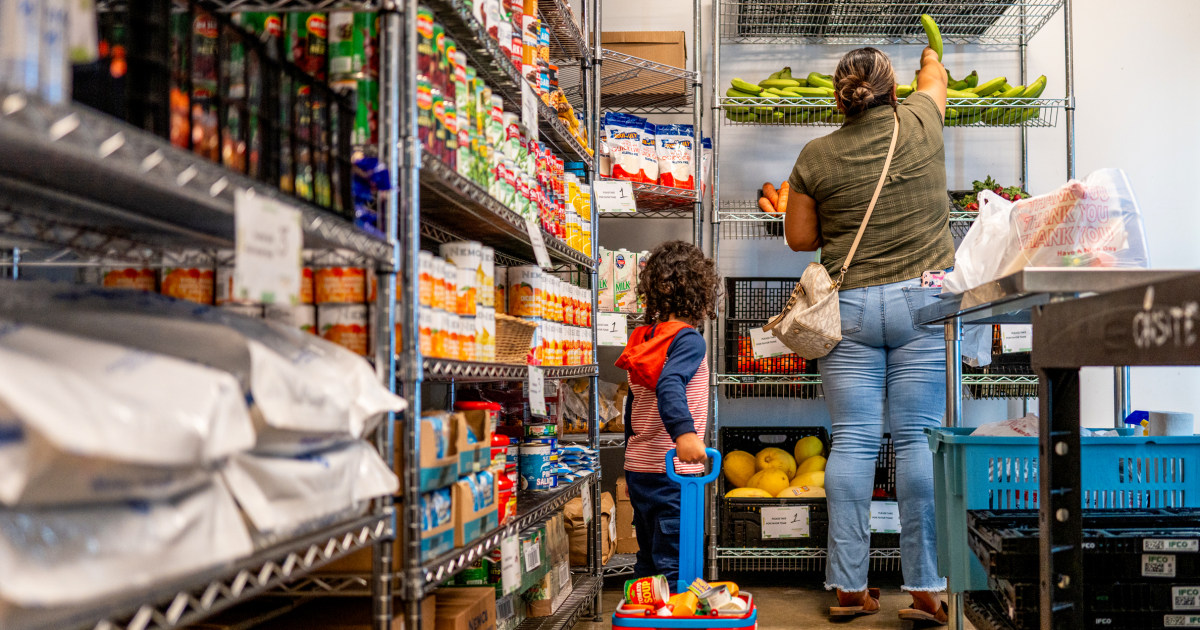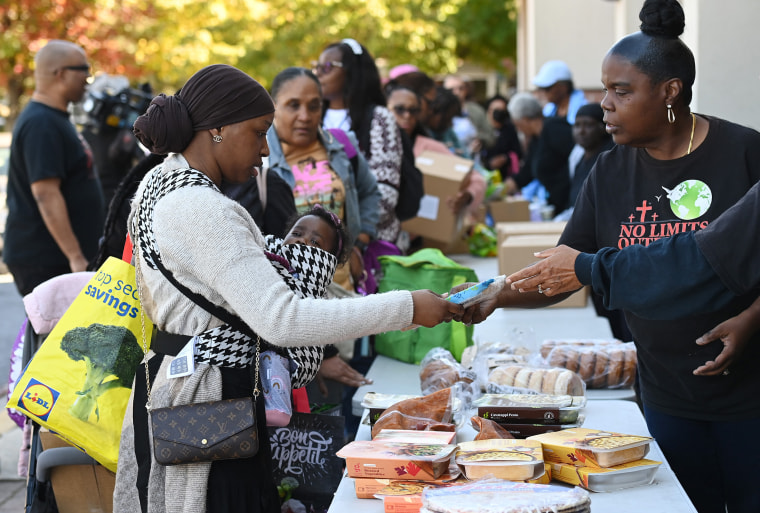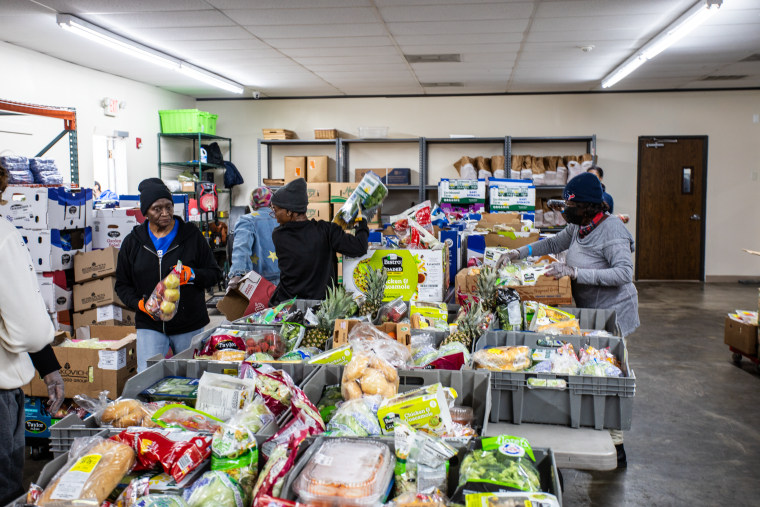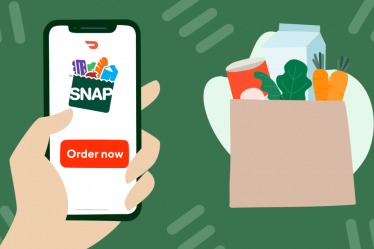
As Nov. 1 looms and the federal government shutdown continues with no end in sight, 36 states have said they may not be able to fund their Supplemental Nutrition Assistance Programs (SNAP) past the end of the week. That’s an unprecedented hardship for nearly 42 million Americans, but it’s just one part of some new roadblocks to getting food on the table.
According to the USDA’s most recent annual Household Food Security Survey, 47 million Americans, including 7.2 million children, lived in households with some degree of food insecurity in 2023. At least part of the time, they found themselves having to choose lower quality meals, serve smaller portions or go without eating entirely.
Although children are often shielded from this most severe state, that’s not always the case: 841,000 children lived in households where at least one child experienced actual hunger.

The USDA itself has said it monitors food insecurity in order to drive funding to the most effective efforts. Because it is nationwide, the survey allows the federal government to see where need is highest, and to evaluate the effectiveness of various interventions in programs like WIC (Women, Infants and Children) and SNAP. It also lets states compare themselves to others, so they can tailor their own approaches. Those tools can help the government decide how to allocate money for programs that actually work, preventing waste and duplication of effort.
Or at least, they did. The 2024 Household Food Security Survey, often called the Hunger Report, was scheduled to be released on Oct. 22. It did not appear. Instead, there is a message on the website saying that updates will not be made due to the government shutdown. But, the U.S. Department of Agriculture had already said this year’s report would be the last one.
The USDA announced the termination of future Household Food Security Reports earlier this year.
“These redundant, costly, politicized, and extraneous studies do nothing more than fear monger,” the announcement reads. “… USDA will continue to prioritize statutory requirements and where necessary, use the bevy of more timely and accurate data sets available to it.”
Organizations that have depended on the report’s data disagree with the decision. In a press release, Georgia Machell, president and CEO of the National WIC Association, says her organization is “alarmed” at the report’s cancellation. “No comparable, nationwide survey exists,” her statement reads. “Programs like WIC rely on these national-level data to understand the broader picture of hunger and food insecurity in our nation, allowing resources to be directed where they are most needed. Ceasing to measure hunger will not end it; it will only hamper the ability of programs like WIC to address it.”

Kelly Horton, senior vice president of Public Policy and Government Relations for the Academy of Nutrition and Dietetics, agrees with that assessment. She’s concerned that ultimately, this lack of data will hinder state and local efforts to bridge gaps in nutrition that millions of Americans face, and that the fallout will result in higher chronic diseases rates, worse educational outcomes and lower productivity. “The potential consequence is you’re removing the onus on government and instead moving it onto a charitable food system which is already not able to meet the need,” she says.
If the government shutdown continues, that will be even more true. Although every state is potentially affected by this loss of information, all of the above-average food insecurity states are in the South — Oklahoma, Arkansas, Louisiana, Mississippi, Kentucky, South Carolina and Texas. With every state on that list saying SNAP will be affected by lack of federal funding, their local food banks may be in for even more demand.
Houston Food Bank recently took an $11 million dollar hit to their federal funding, but president and CEO Brian Greene tells TODAY.com he remains confident they will still be able to determine the best way to allocate their resources despite the loss of the national report’s information.

“We have long relied on local surveys, Census ACS [American Community Survey] metrics, and regional research to inform our programs,” he says. “How many meals are needed, where mobile pantries should go, what kinds of food are most needed. These sources give us actionable insight. Even without the national survey, our strategy is grounded in evidence from our own community.”
That’s good news for people experiencing food insecurity in the 18 counties Greene’s organization serves, but the Houston Food Bank is massive, with a 308,000 square foot warehouse, and 1,600 community partners. They facilitate 140 million meals a year to the elderly, children, veterans and others having trouble making ends meet. They have the advantage of large area foundations and universities that can offer them valuable local insight, like the Urban Institute and Rice University’s Kinder Institute for Urban Research.
Smaller, rural food banks may not have such luck. Where they rely on those numbers to fundraise or lobby for state funds, it could hinder their ability to serve the hungry in their own communities.
“It’s not a redundant survey,” explains Horton, who worries that without this context, food banks will struggle to communicate the need to donors. “Nobody else does this, not on this scale.”
“It erases the ability to be able to see what is happening with food insecurity,” she continues. “It’s data. For us, it’s not a political issue. We need it to help people.”


